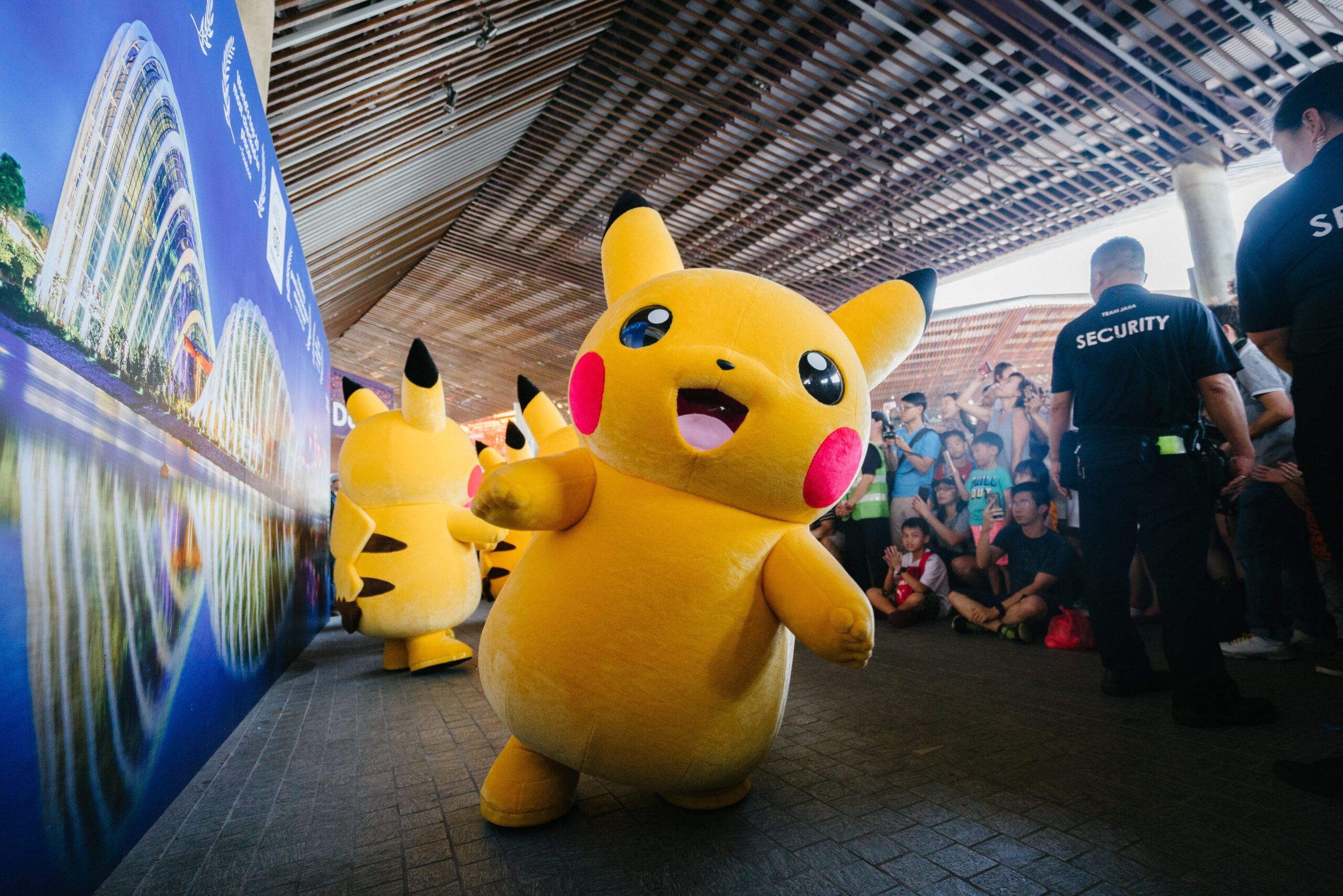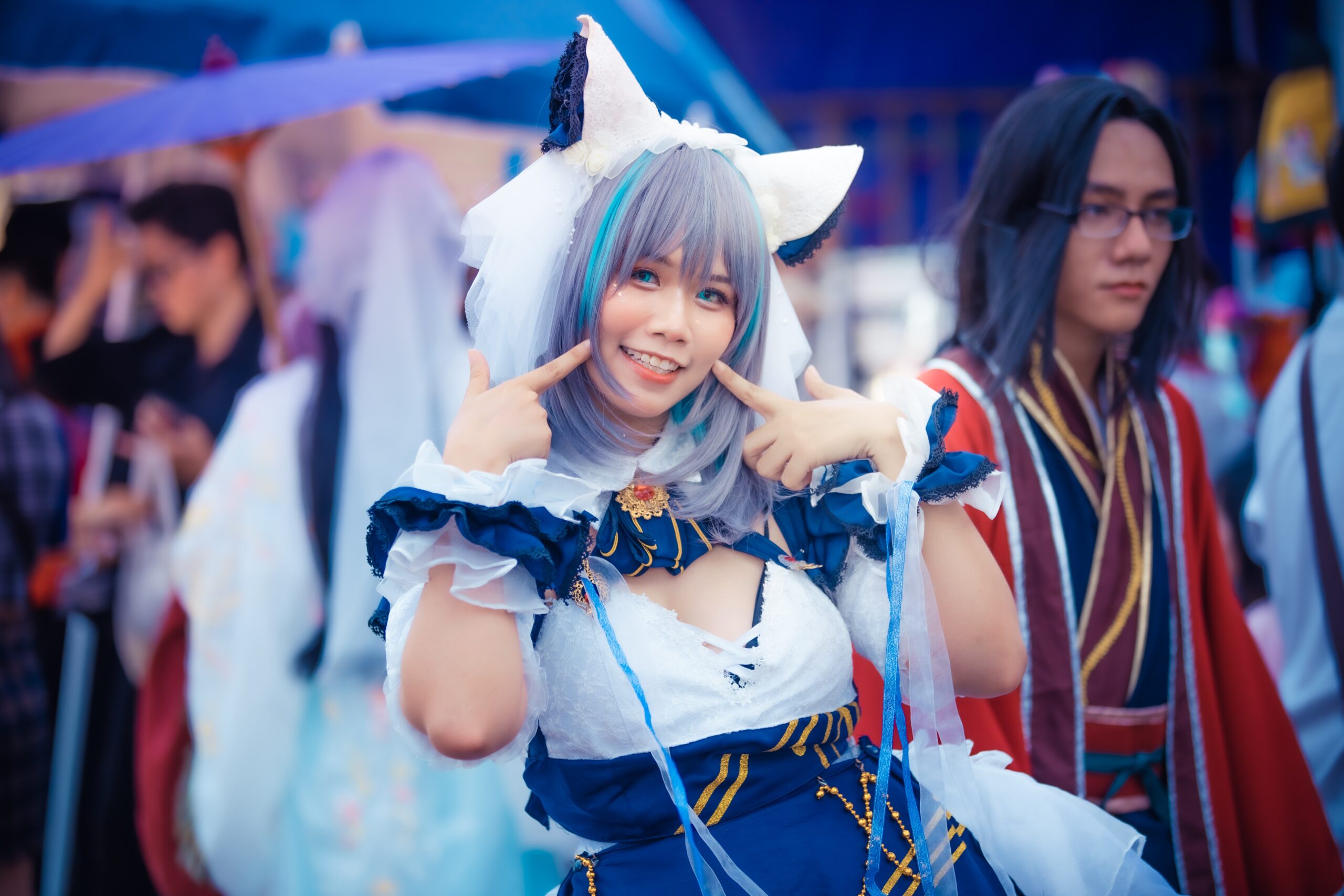How Anime Conquered the World
“Manga is virtual. Manga is sentiment. Manga is resistance. Manga is bizarre. Manga is pathos. Manga is destruction. Manga is arrogance. Manga is love. Manga is kitsch. Manga is sense of wonder. Manga is … there is no conclusion yet.”
Osamu Tezuka
A brief history of Anime
As Netflix's Cowboy BeBop hits our TV screens in a big budget live-action remake of the classic Japanese anime, we are reminded once again of what a huge influence anime has on popular culture around the world. So how did we get here? And why has anime become so popular? In this blog we'll explore the answers to those questions...
First some definitions. There's often some confusion between manga and anime. Manga – formed from the Japanese words 'man' (whimsical) and 'ga' (pictures) - refers to printed comic books. Anime refers to animated motion pictures. Anime in Japan refers to all animated films but in the rest of the world, it is used specifically for animated films coming from Japan - although there are many different genres and sub-genres. But manga and anime are irreversibly entwined (stories are often released as comics and animation together) and for this blog, we'll consider them as pretty much the same thing.
The roots of anime can be traced back to the beginnings of Japanese cinema in the beginning of the 20th century. But until WWII, Japan was an insular country and its culture was rarely seen or understood by the rest of the world. With the collapse of Japanese nationalism in 1945, things changed radically. There was a massive influx of other cultural influences and for manga in particular, from the comic books of US servicemen stationed there.
Film and TV reappraised their direction too. In 1948, Toei Animation, the first Japanese animation studio devoted to popular entertainment, was formed. Their early output was inspired and influenced by Walt Disney films. Manga and anime began to develop their own style – addressing Japan's unique socio-political culture but drawing heavily from more accessible Western styles and formats. In 1961, Mushi Productions was formed by Osamu Tezuka, an early pioneer and superstar of anime. Tezuka created Astro Boy - one of the most successful manga and anime franchises in the world and one of the first to cultivate the importance of mass merchandising.
Anime series like Astro Boy, Speed Racer, Marine Boy and Dragonball Z gradually caught the attention of audiences in the West. Some progessive American and European producers recognized the creative genius of these animes and started showing them on western tv stations for kids. The episodes were always dubbed so audiences were usually unaware they were watching a Japanese show. But the fact that a lot of teens watched them at an impressionable age is a key part of today's popularity, as they grew up with these shows. The characters with the big eyes (this was done as a cost cutting exercise by animators as big eyes could show emotions more easily and quickly than full facial expressions) have became important cultural markers and nostalgic icons.
Anime's popularity continued but the arrival of VHS and dvd technology in the 80s and 90s meant that the shows now reached a whole new global audience. As the cult of anime fans grew, they also sought out the original language versions too. When internet arrived, the distribution possibilities exploded. It seemed like nothing could stop the rise of anime.
But then at the turn of the century, it faltered. The Japanese economy collapsed and the film and TV industry was hit badly. Financing dried up. The rise of video piracy also put a big dent into studios profits.
The golden days of anime may be over today but it continues to thrive. New animes like Death Note and Fullmetal Alchemist continue to thrill. The kids that grew up watching dubbed series on their TVs in the 80s and 90s have now grown up and have kids of their own to enjoy it with. And anime has now spread into other mediums to such an extent it is a globally recognized word. It is found in cinema, TV, commercials, video games, magazines, fashion and merchandizing. The Pokémon phenomenon is a perfect example of this mass-channel merchandizing. It's everywhere.

How and Why it Impacted Western Culture
Why is anime so popular?
There are many factors involved but perhaps the simplest answer is that manga and anime are cool. Japanese culture has always held a certain fascination for the West. It's mysterious and exotic; something that they will never perhaps fully understand which makes it even more alluring and attractive. Manga and anime are liked for these reasons but by using the popular mediums of comic books and animation – mediums that are universally understood and accessible - they reach mass audiences. In addition to this they are colourful and loud and have bizarre extremes – ranging from cuddly cuteness to extreme violence. All these factors combined make anime endlessly fascinating and just... cool. And these are qualities that are extremely hard to create artificially.
Anime really took off in the West in the 90s. This is when it went from a hardcore cult following to wider appeal as it began to infiltrate the mainstream. New formats meant the films could be seen and shared on a massive scale. The rise of comic conventions cannot be underestimated too. In the 70s these low-key events were strictly for geeks and nerds. Today, Comic-Con's are a multi-million $ global phenomenon and the San Diego Comic-Con is one of the key cultural events of the year. This has also spawned the rise in popularity in Cosplay – comics and animation has influenced the way we play and have fun.
A generation of filmmakers had already grown up on anime and they took those influences and ran with them. The Wachowski's are certainly not ashamed to admit the huge influence of anime and Ghost in the Shell in particular) on The Matrix. Guillermo Del Toro delivered his take on the Mecha anime sub-genre and GUNDAM WING with Pacific Rim. Even established classics like Snow White and the Huntsmen were influenced by films like Princess Mononoke to give it an environmental angle.
In 2013, Austin Texas-based production outfit created history with RWBY, the first US-created anime that was exported to Japan. Anime has now directly inspired US animated shows like The Powerpuff Girls, Teen Titans, Ultimate Spider-Man Batman, Avatar: The Last Airbender and She-Ra and The Princesses of Power.
Probably the two most influential Western cultural powerhouses in the world right now are Disney and Marvel. Anime is the missing link between Disney cartoons and Marvel comics.
Whereas Disney has gone for mass appeal and has been criticized for the softening and 'Disneyfication' of culture, anime approaches art from the opposite direction. It deals with darker subjects - violence, out-of-control technology, dystopian futures, teen angst etc. It will probably never reach the family-friendly mass appeal of Disney for this reason but it forms an important counterbalance and there is a big enough audience who love it. Anime is embedded in the cultural psyche and feels like it is here to stay.

Six Classic Anime
Astro Boy (1963)
The robot boy made his first appearance in 1953 in his original Japanese name Might Atom. He's gone on to sell 100 million copies of the manga worldwide and kick-started the global anime phenomenon.
Cowboy Bebop (1998)
The new Netflix live-action show may have got 'mixed' reviews but the original anime is a cult classic with a cult reputation that is hard to live up to. Many consider this opening scene to the anime series to be one of the finest ever pieces of anime art.
Akira (1988)
The Holy Grail of anime for many. This blew my mind when I first saw it at a cinema. Not literally... but close. A live-action Hollywood remake has been in the pipeline for many years but will it ever happen?
Cross Road (2014)
You might not realise it, but this stunningly beautiful anime film by Makoto Shinkai is actually a commercial for educational courses run by Z-Kai. It tells the story of two students who are trying to get into college and whose lives intercross.
Studio Ghibli
No discussion of anime can be complete without a mention of Studio Ghibli and the genius of Hayao Miyazaki. His Spirited Away was the first anime to win an Oscar in 2001 and is a classic but My Neighbor Totoro was my first introduction to Studio Ghibli and remains my first love.
Ghost in the Shell (1995)
A key part of the Cyberpunk movement that radicalized sci-fi and was a huge influence on cinema and films like The Matrix.
